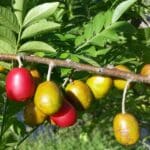


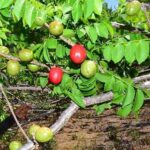
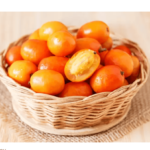
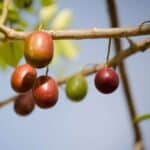
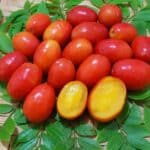
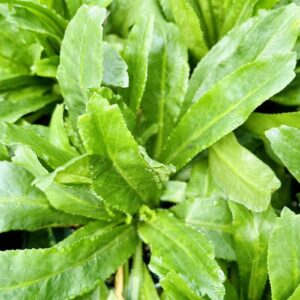
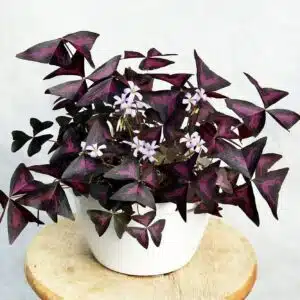
Spanish plum / Red Mombin (Spondias purpurea) topical fruit live tree 12″-24″
$50.00 Original price was: $50.00.$39.99Current price is: $39.99.
spanish plum Spondias purpurea, commonly known as Purple Mombin or Red Mombin, is a tropical fruit-bearing tree that offers a unique blend of flavor and cultural significance. This tree, cherished for its vibrant fruits and various uses, invites you to explore the richness of its taste and the traditions it embodies.
A Tapestry of Flavor and Color:
Spondias purpurea showcases its allure through its striking fruits, which range in color from deep red to purple. The fruit’s tangy and juicy flesh presents a delightful mix of sweet and tart flavors, offering a tropical symphony to your taste buds.
Out of stock
Red Mombin, scientifically known as **Spondias purpurea**, is a tropical fruit tree native to the Caribbean, Mexico, and Central and South America. Also referred to as “Jocote,” “Ciruela,” or “Hog Plum,” this tree is cultivated for its small, sweet-tart fruits and is commonly grown in tropical and subtropical regions.
The Red Mombin tree typically grows to a height of 15 to 25 feet, with a spreading, bushy canopy of green, pinnate leaves. The leaves consist of several oval-shaped leaflets that are dark green and glossy. The tree’s bark is smooth and grayish-brown, and it has a somewhat rugged appearance. Red Mombin trees are deciduous in dry climates, shedding their leaves during the dry season, and are drought-tolerant once established.
One of the standout features of the Red Mombin tree is its bright, colorful fruits. The fruit is small, usually about the size of a plum, measuring around 1 to 2 inches in diameter. When ripe, the skin of the fruit turns a deep red to purple hue, though it can also be yellow or orange in certain varieties. The flesh inside is juicy, sweet, and slightly acidic, with a flavor that combines tartness and sweetness, often compared to a mix of plum and cherry. The fruit contains a large, central pit or seed, which is not typically eaten.
Red Mombin is commonly eaten fresh, either out of hand or in fruit salads. In many cultures, the fruit is also used to make juices, jellies, preserves, and alcoholic beverages like fermented wines or spirits. The fruit is versatile and can be enjoyed at various stages of ripeness, whether firm and tart or softer and sweeter.
Red Mombin trees are resilient and adaptable to a range of growing conditions. They thrive in tropical and subtropical climates with warm temperatures and prefer well-drained soils. The trees are drought-tolerant and can withstand periods of low rainfall, making them suitable for regions with seasonal dry spells. Red Mombin trees are typically propagated from seeds or by cuttings. They can grow rapidly and often bear fruit within three to five years after planting, especially when grown from cuttings or grafted varieties.
An interesting fact about Red Mombin is that in addition to its fruit, various parts of the tree have been used in traditional practices in different cultures. The bark, for instance, has been utilized in traditional remedies in some regions.
Red Mombin trees can also be grown in containers, making them suitable for home gardens with limited space. Choose a large container with adequate drainage and a high-quality potting mix. Place the container in a sunny location, water regularly, and prune as needed to maintain size and shape.
In conclusion, Red Mombin (Spondias purpurea) is a versatile and hardy tropical fruit tree that offers sweet-tart, juicy fruits with a wide range of culinary uses. Its adaptability to various climates and low-maintenance nature make it a valuable addition to home gardens and orchards in tropical and subtropical regions. With its colorful fruits and rugged appearance, Red Mombin provides both beauty and bounty to those who cultivate it.
Cultural and Culinary Traditions:
This tree holds a special place in various cultures, often used to make jams, jellies, and refreshing beverages. In some regions, the fruits are enjoyed fresh, while others celebrate their use in traditional dishes and culinary creations.
Tree Characteristics and Presence:
The Purple Mombin tree boasts a medium-sized stature, reaching heights of around 30 to 50 feet (9 to 15 meters). Its spreading branches create a welcoming canopy that provides both shade and aesthetic appeal, making it a charming addition to gardens, parks, and landscapes.
Cultivating the Purple Mombin Tree:
If you’re drawn to the allure of the Purple Mombin, consider these steps for successful cultivation:
1. Location Selection: Choose a sunny spot in your garden, as Purple Mombin trees thrive in full sunlight. Adequate sunlight ensures robust growth and optimal fruit production.
2. Planting: Dig a hole slightly larger than the root ball of the tree. Position the tree in the hole, ensuring that it’s planted at the same depth it was in the nursery container. Fill the hole with soil and water the tree thoroughly.
3. Watering: During the initial establishment period, provide regular and consistent watering. Once the tree is established, water it during dry periods to keep the soil evenly moist.
4. Mulching: Apply a layer of organic mulch around the base of the tree to retain moisture, suppress weed growth, and regulate soil temperature.
5. Pruning: Prune the Purple Mombin tree to maintain a balanced canopy and encourage healthy growth. Removing dead or diseased branches helps maintain its appearance and overall vigor.
6. Fertilization: Apply a balanced, slow-release fertilizer during the growing season to provide essential nutrients for the tree’s development and fruiting.
A Tropical Symphony:
The Purple Mombin tree embodies the essence of tropical abundance, from its striking fruits to its cultural significance. It’s a living testament to the harmonious relationship between nature and tradition, inviting you to savor its flavors and embrace its heritage.
Cultivating Tradition and Flavor:
As you embark on the journey of cultivating a Purple Mombin tree, you’re nurturing a piece of nature that connects you to cultures and flavors beyond borders. With care, admiration, and a sense of appreciation, you’ll witness the transformation of a young sapling into a majestic tree laden with vibrant fruits.
The Purple Mombin tree beckons—an embodiment of cultural heritage, a celebration of flavor and beauty. This is your opportunity to welcome the allure of this extraordinary tree into your garden, creating a space that echoes with tradition and tropical charm. Let the journey unfold.
| Weight | 10 oz |
|---|---|
| Dimensions | 22 × 4 × 4 in |
| Planting Bag + Soil |
Planting bag + Soil ,I have soil and container |

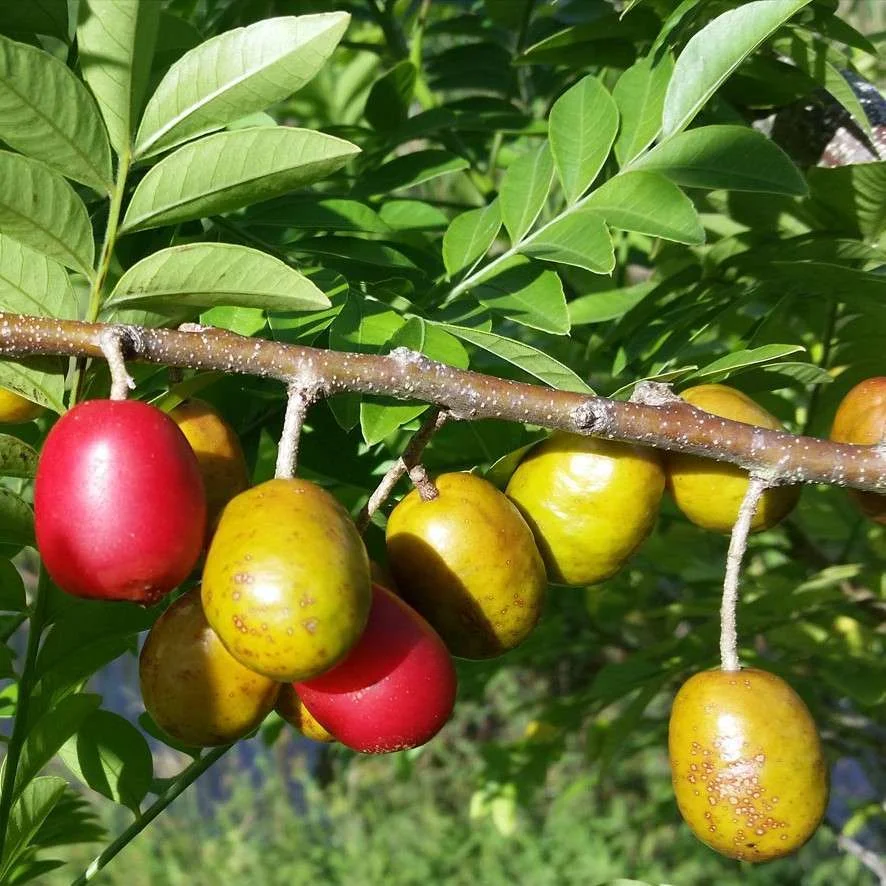
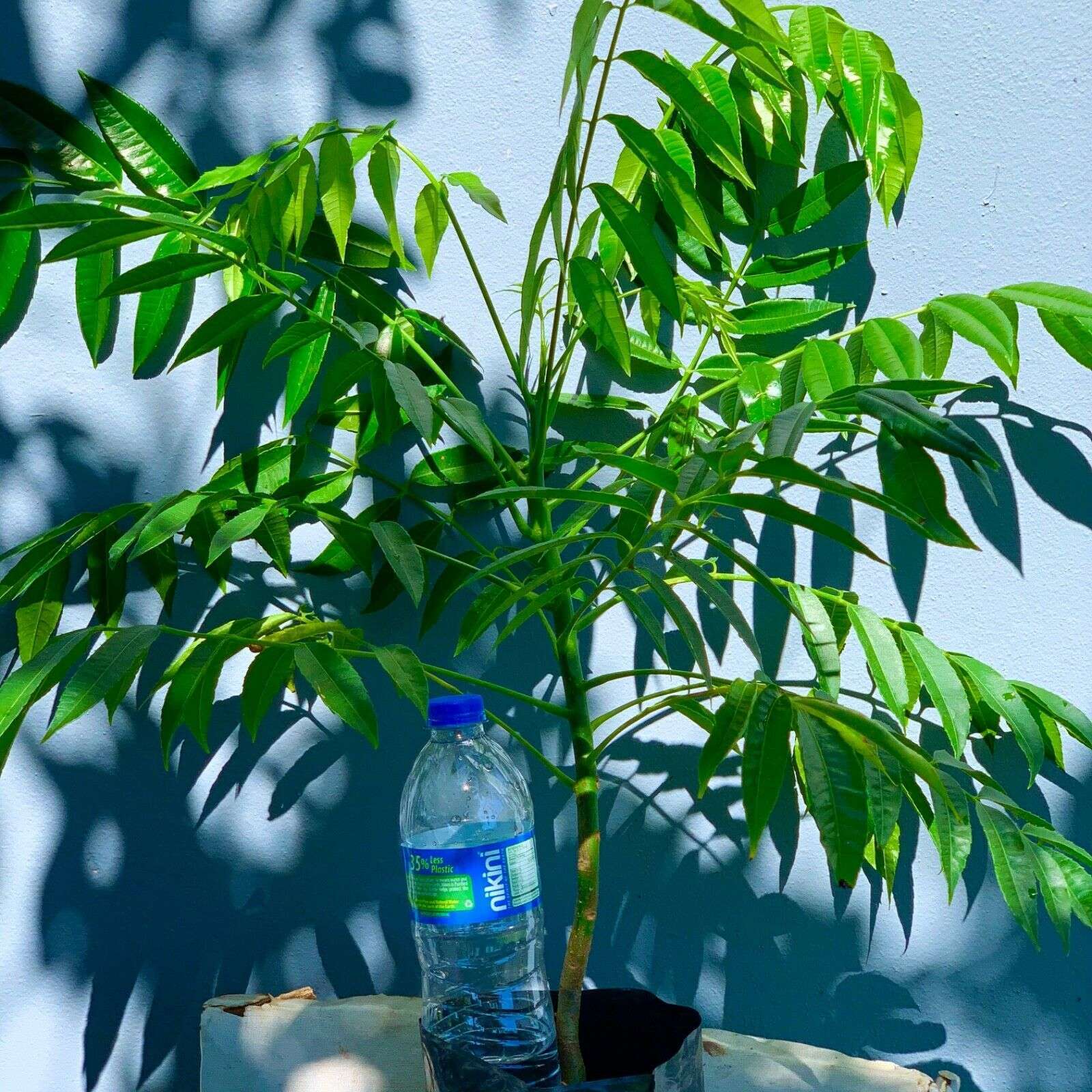
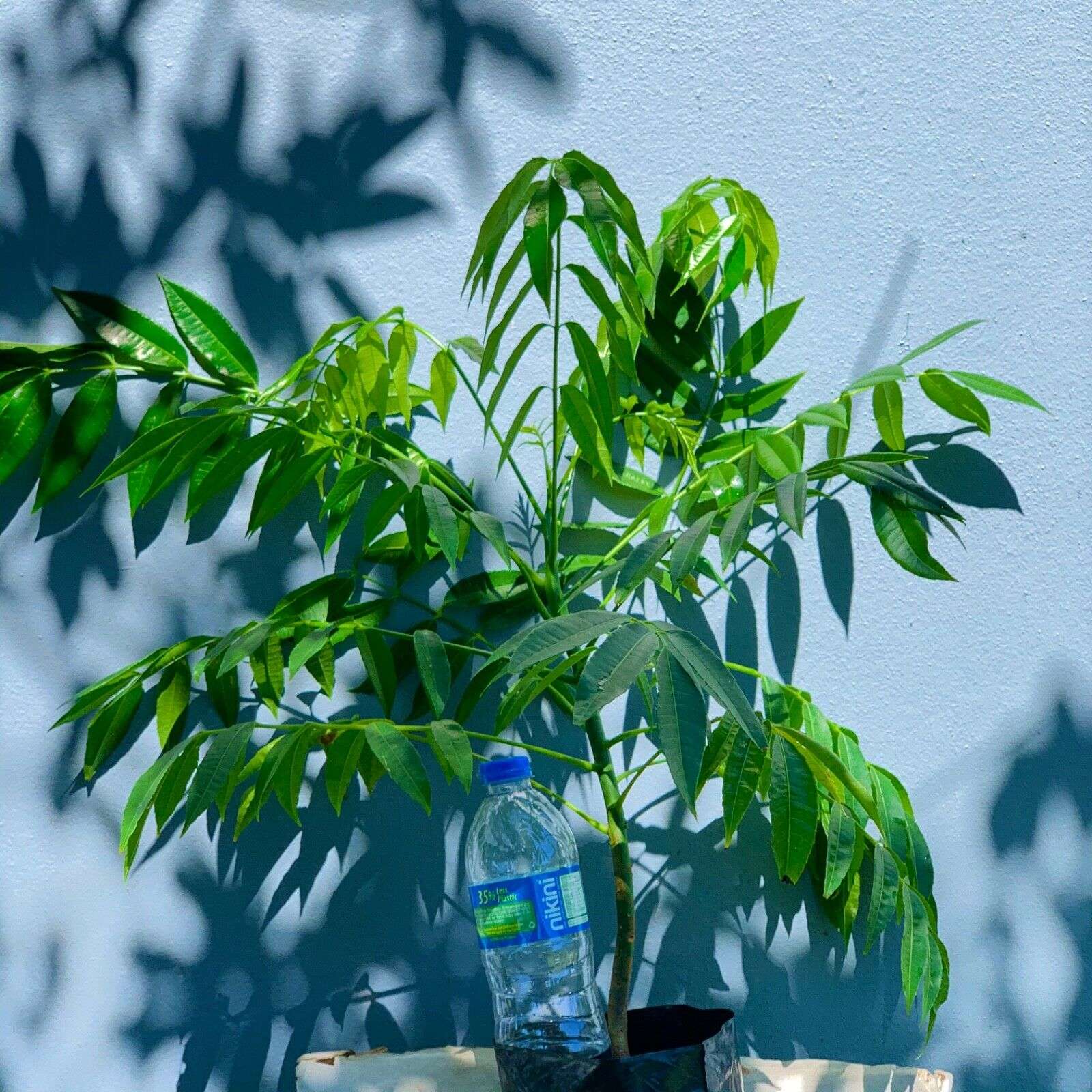
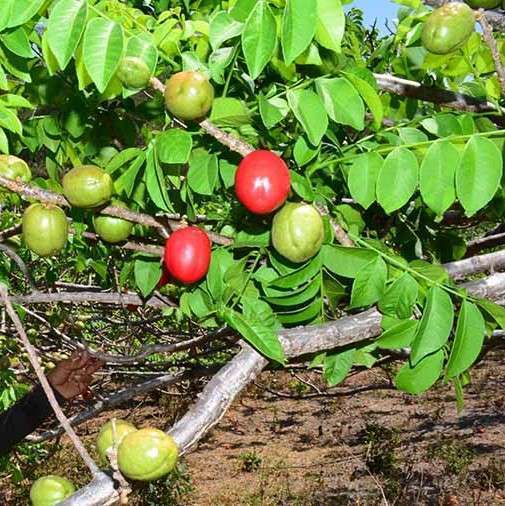
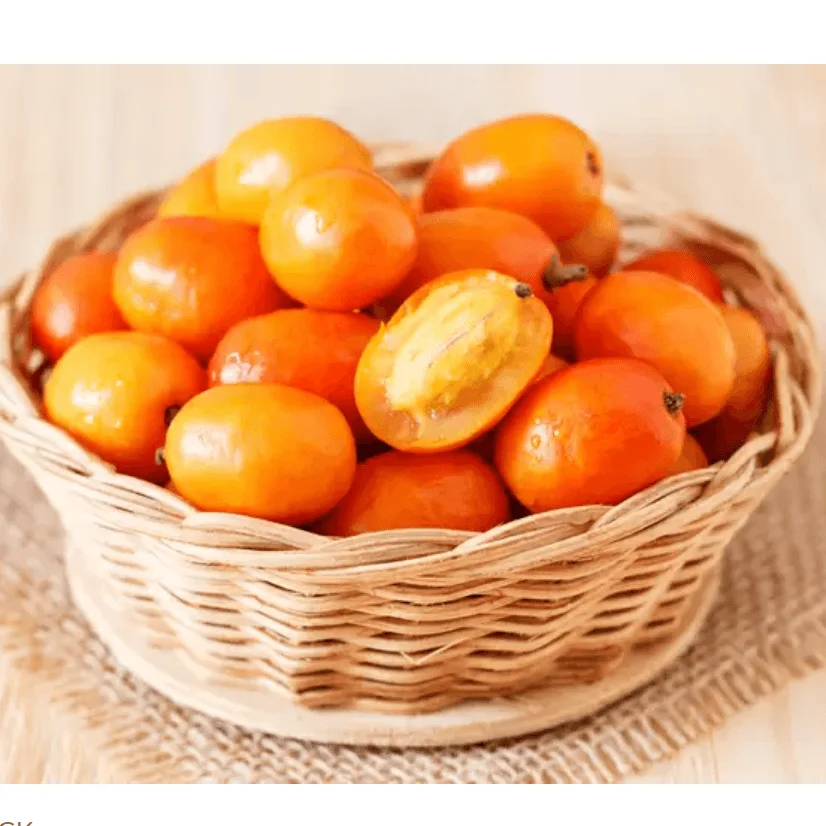
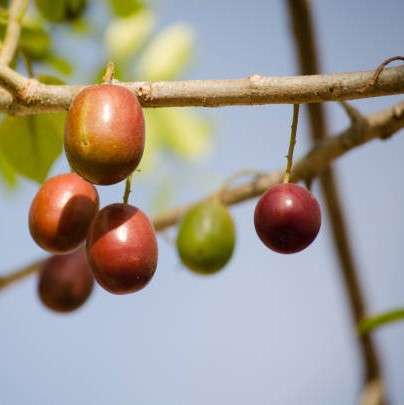
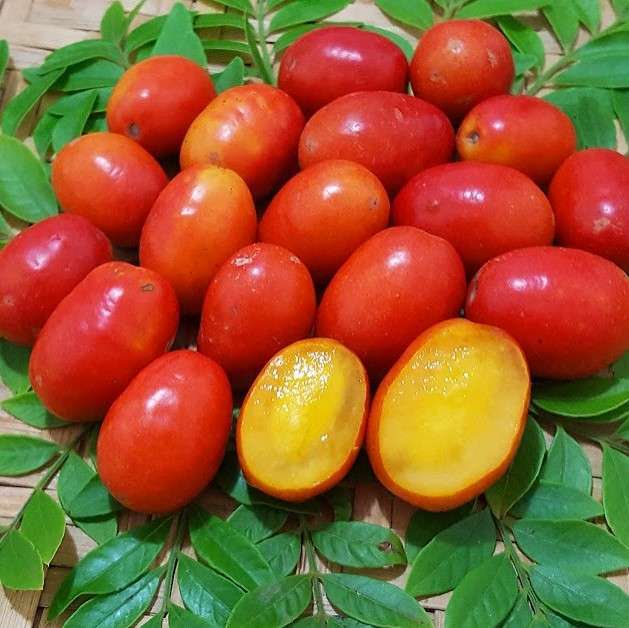




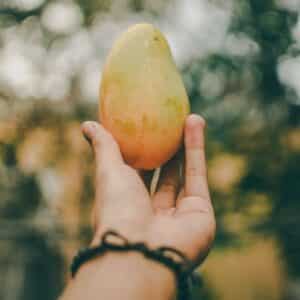



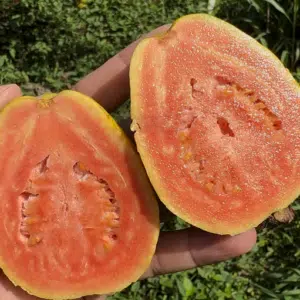
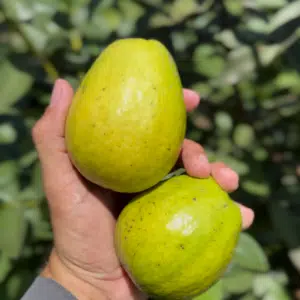



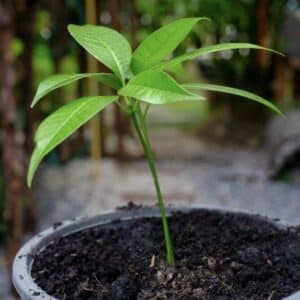
Reviews
There are no reviews yet.